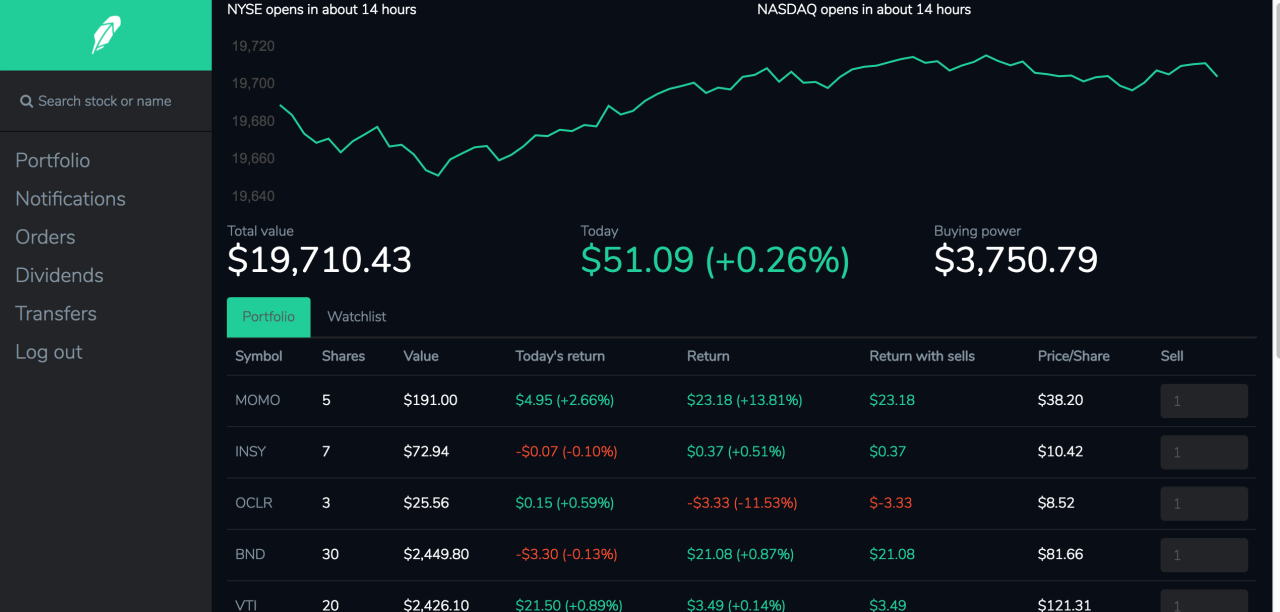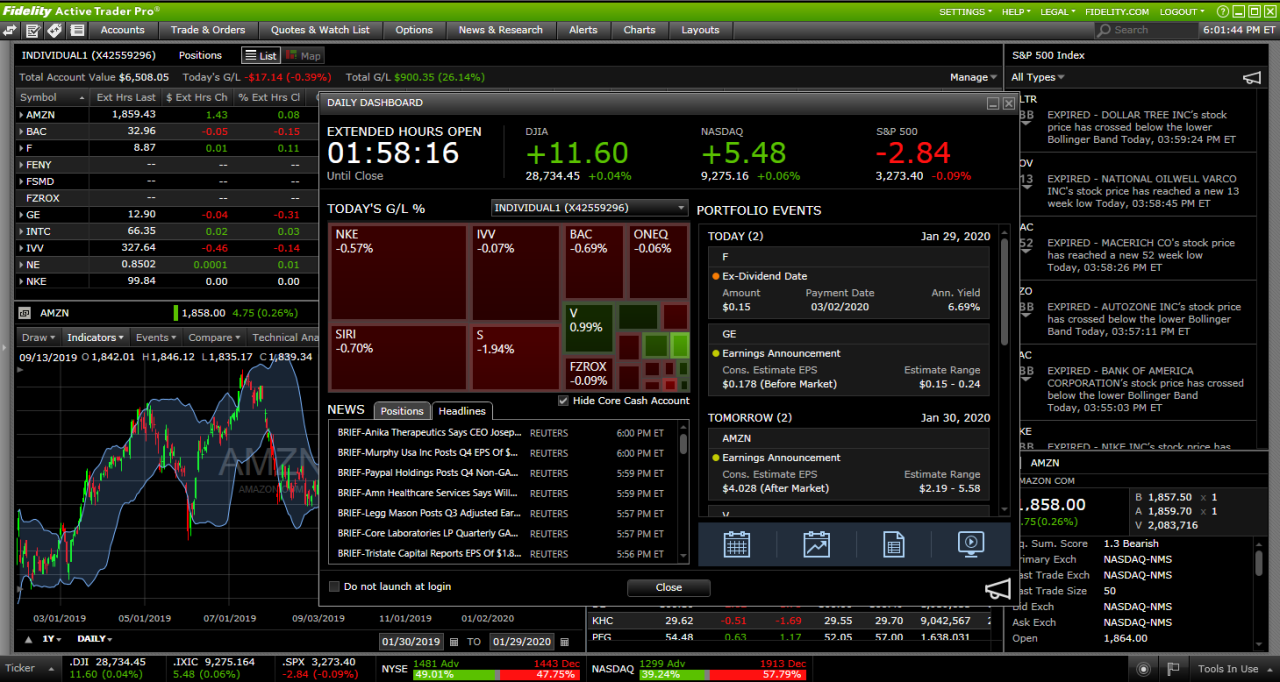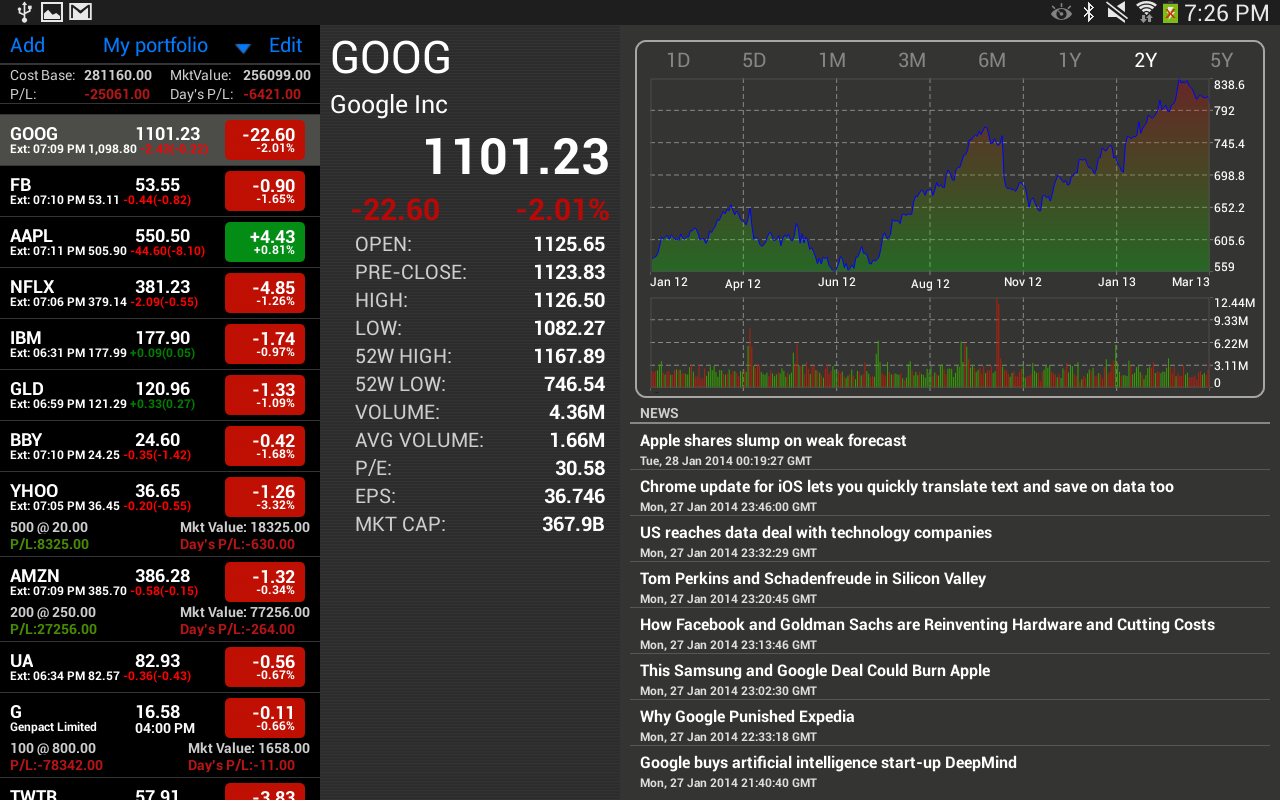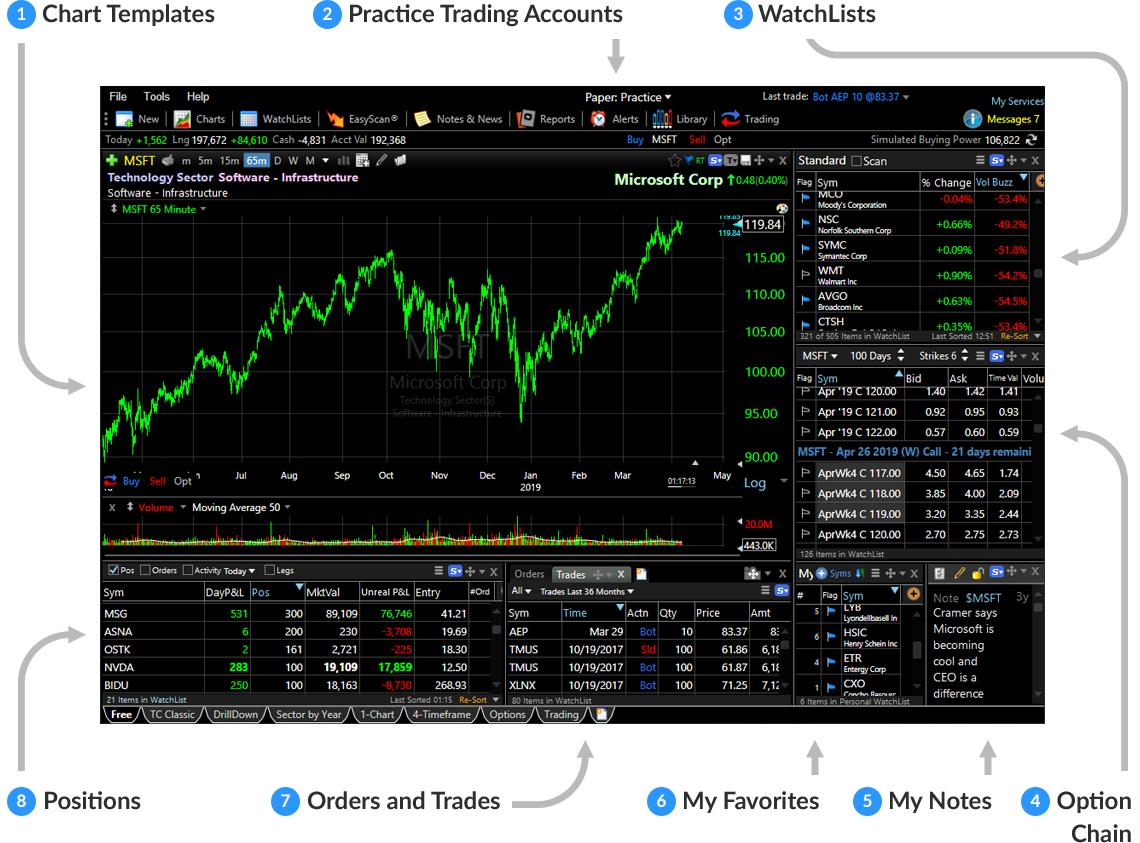Stock Market Live Trading Platforms: An Overview
Stock market live trading platforms are powerful tools that enable traders to execute trades in real-time, providing them with direct access to the financial markets. These platforms offer a range of features and functionalities that cater to the needs of both experienced traders and beginners.Live trading platforms can be categorized into three main types: web-based, desktop, and mobile platforms.
Web-based platforms are accessed through a web browser, providing convenience and accessibility from any device with an internet connection. Desktop platforms are installed on a local computer, offering more customization options and advanced features. Mobile platforms are designed for smartphones and tablets, allowing traders to trade on the go.
Popular Live Trading Platforms
Some of the most popular live trading platforms include:
- MetaTrader 4 (MT4): A widely used platform known for its user-friendly interface, technical analysis tools, and automated trading capabilities.
- MetaTrader 5 (MT5): An advanced version of MT4, offering additional features such as depth of market data, multi-currency support, and algorithmic trading.
- TradingView: A cloud-based platform that provides real-time market data, charting tools, and social trading features.
- Thinkorswim: A platform from TD Ameritrade that offers advanced charting, technical analysis, and paper trading capabilities.
Choosing the Right Live Trading Platform: Stock Market Live Trading Platforms

When selecting a live trading platform, it’s crucial to consider factors that align with your trading style, frequency, and budget.
Trading Style
Evaluate the features that suit your trading approach. Consider the platform’s order types, charting tools, and risk management capabilities. For instance, if you prefer scalping, look for platforms offering fast execution and low latency.
Trading Frequency
The frequency of your trading activity should influence your platform choice. If you trade frequently, opt for platforms with high-speed order execution and robust connectivity.
Budget
Live trading platforms come with varying pricing structures. Determine the platform’s fees, commissions, and subscription costs. Choose a platform that fits your budget without compromising essential features.
Platform Comparison
| Feature | Platform A | Platform B | Platform C ||—|—|—|—|| Order Types | Market, Limit, Stop | Market, Limit, Stop, OCO | Market, Limit, Stop, Trailing Stop || Charting Tools | Basic indicators | Advanced technical analysis | Customizable charts and indicators || Risk Management | Stop-loss orders | Take-profit orders, Trailing stops | Advanced risk management tools || Connectivity | Reliable servers | Redundant servers for high availability | Low latency and high throughput || Fees | Commission-based | Subscription-based | Tiered pricing based on volume |
Evaluation and Selection
To select the right platform:
- Research and compare multiple platforms based on your criteria.
- Read reviews and testimonials from other traders.
- Consider the platform’s customer support and educational resources.
- Open a demo account to test the platform’s functionality and features.
Advanced Features of Live Trading Platforms

Live trading platforms offer a range of advanced features that can enhance the trading experience and improve trading outcomes. These features include algorithmic trading, backtesting, and paper trading.
Algorithmic trading involves the use of computer programs to automate trading strategies. These programs can be designed to execute trades based on predefined rules, such as price movements, technical indicators, or market conditions. Algorithmic trading can help reduce emotional bias and ensure that trades are executed consistently and objectively.
Backtesting
Backtesting is a process of testing trading strategies on historical data to evaluate their performance. This allows traders to identify strategies that have the potential to generate profits and avoid those that are likely to result in losses. Backtesting can be done using a variety of software tools that simulate live trading conditions.
Paper Trading, Stock Market Live Trading Platforms
Paper trading is a risk-free way to practice trading without risking any real money. It involves using a virtual trading account that simulates live trading conditions. Paper trading allows traders to develop their trading skills and test new strategies without the risk of losing money.

